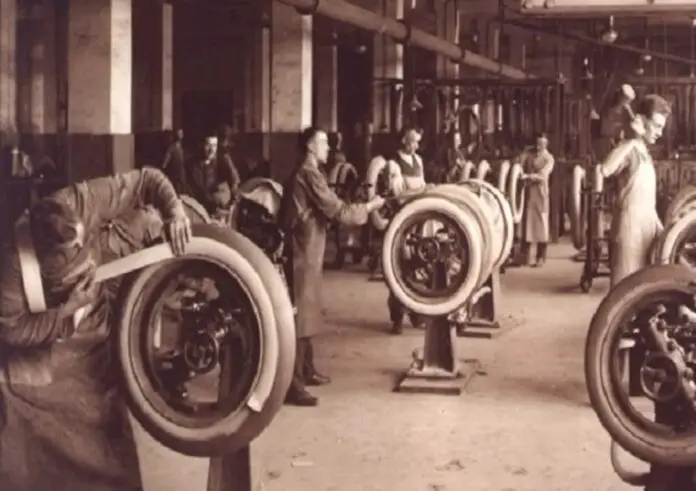In 1876, a Zacatecan who was forgotten by history, unveiled the guayule plant, thanks to which the United States obtained an unprecedented economic boost.
A Zacatecan engineer whose last name is only known to be Moreno, sent in 1876 to the Mexican Society of Natural History, a plant that was then considered a pest in the semi-desert areas of Mexico. Nobody suspected that this herb would give the United States an unprecedented economic leap.
But let’s not get ahead of ourselves. The person who received the botanical specimen from Zacatecas was Fernando Altamirano, who after carrying out the taxonomic examinations found two things: the first was that it was guayule and the second was that it produced rubber of excellent quality. But that investigation would remain dormant for a few more years.
In 1888, the National Medical Institute (IMN) emerged, which had the purpose of investigating the usefulness of Mexican plants for medicinal and industrial use, so it is this organization that resumes research on the botanical specimen in question.
Probably, without fully sizing the economic potential of guayule, the IMN took the findings about this plant to the 1889 Paris International Exhibition, where the automobile was the product of greatest interest. Several foreign businessmen’s eyes immediately lit up, requesting franchises for rubber extraction from the Mexican government.
There were already companies in Mexico that exploited guayule
The surprise was that when the country found out if there were national companies exploiting the guayule for the extraction of rubber – in order not to affect them with the delivery of permits to companies from other nations – it was discovered that there were in the states of San Luis Potosí and Coahuila, while in Nuevo León, a businessman named George Rickman was interested in exploiting the plant.
With the permission of the Mexican government, guayule rubber factories, national and foreign, also began to emerge in Coahuila and Zacatecas. One of the most important guayuleras was the Compañía Explotadora Coahuilense, owned by the Madero family, who were related to the future president of the country.
For decades, Mexican guayule rubber served as raw material for the industry of capes, shoes, tools, components, medical devices… and of course tires, where it finds its best market for the mass manufacturing of cars by the three major American automakers. Ford Motor Company, General Motors and Chrysler.
Historical data obtained by Conabio indicates that in World War II alone, 125 thousand tons of rubber extracted from the plant that was once considered a pest went abroad from Mexico.
The use was such that the Mexican authorities feared the extinction of the guayule, so they began research into a botanical specimen also Mexican known as candelilla, which was soon also used to extract its rubber.
Over the years the use of synthetic rubber predominated, although currently it is proposed to return to natural sources. However, the Mexican achievement of investigating and making known the benefits of guayule and garandilla were overshadowed by the revolutionary leaders because they were achievements of the Porfirio Díaz government.
Source: Mexico Desconocido




